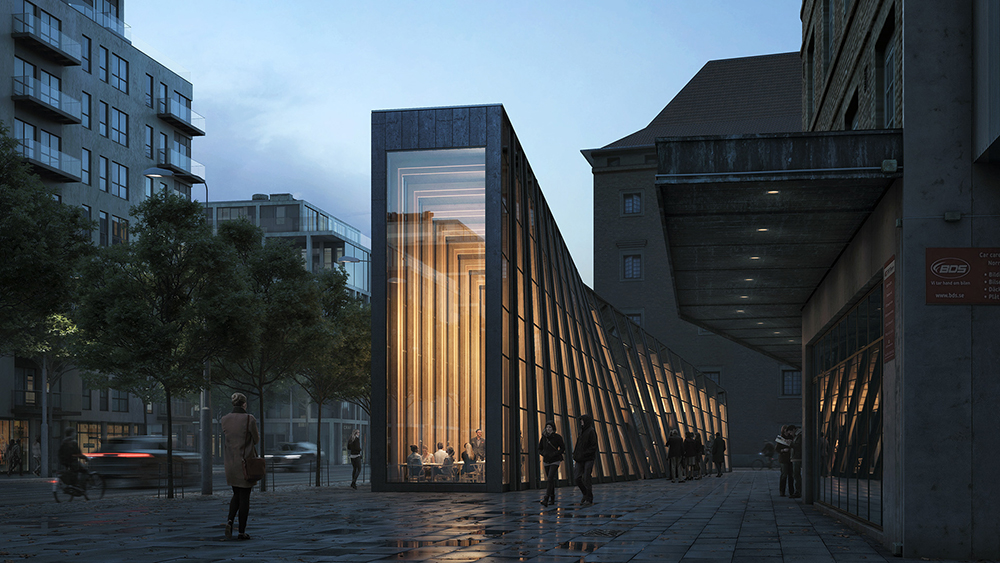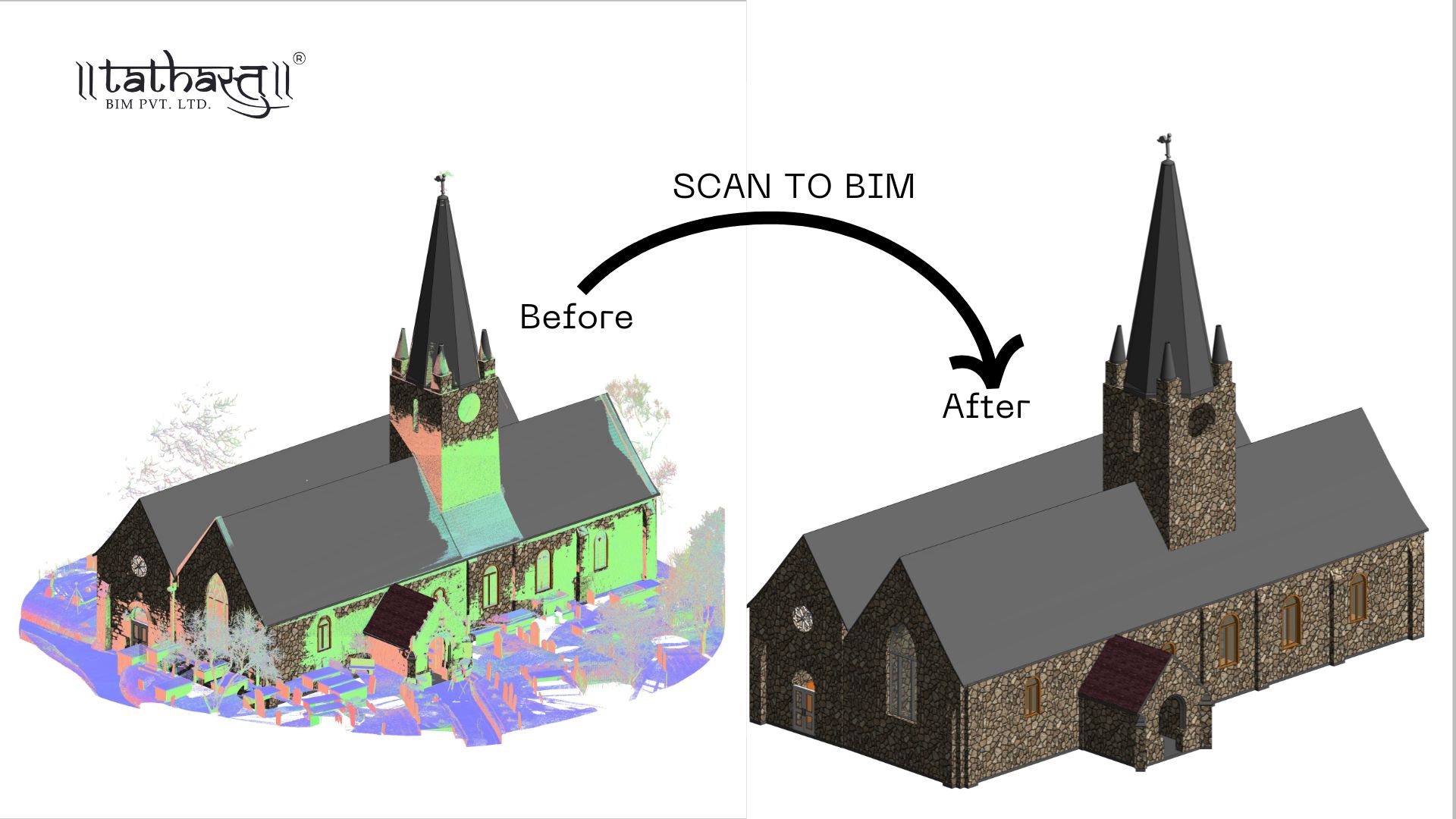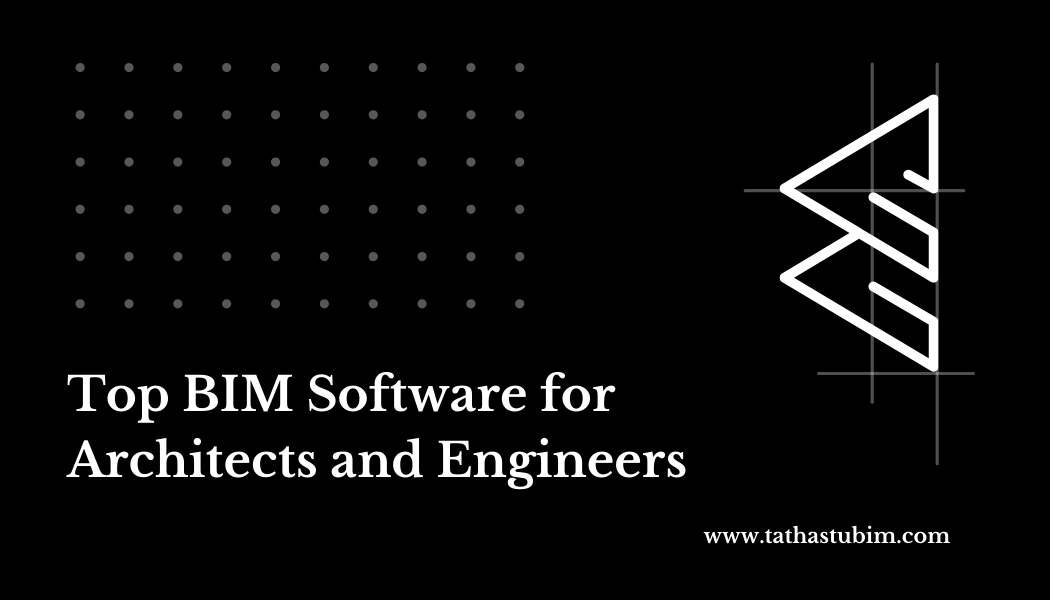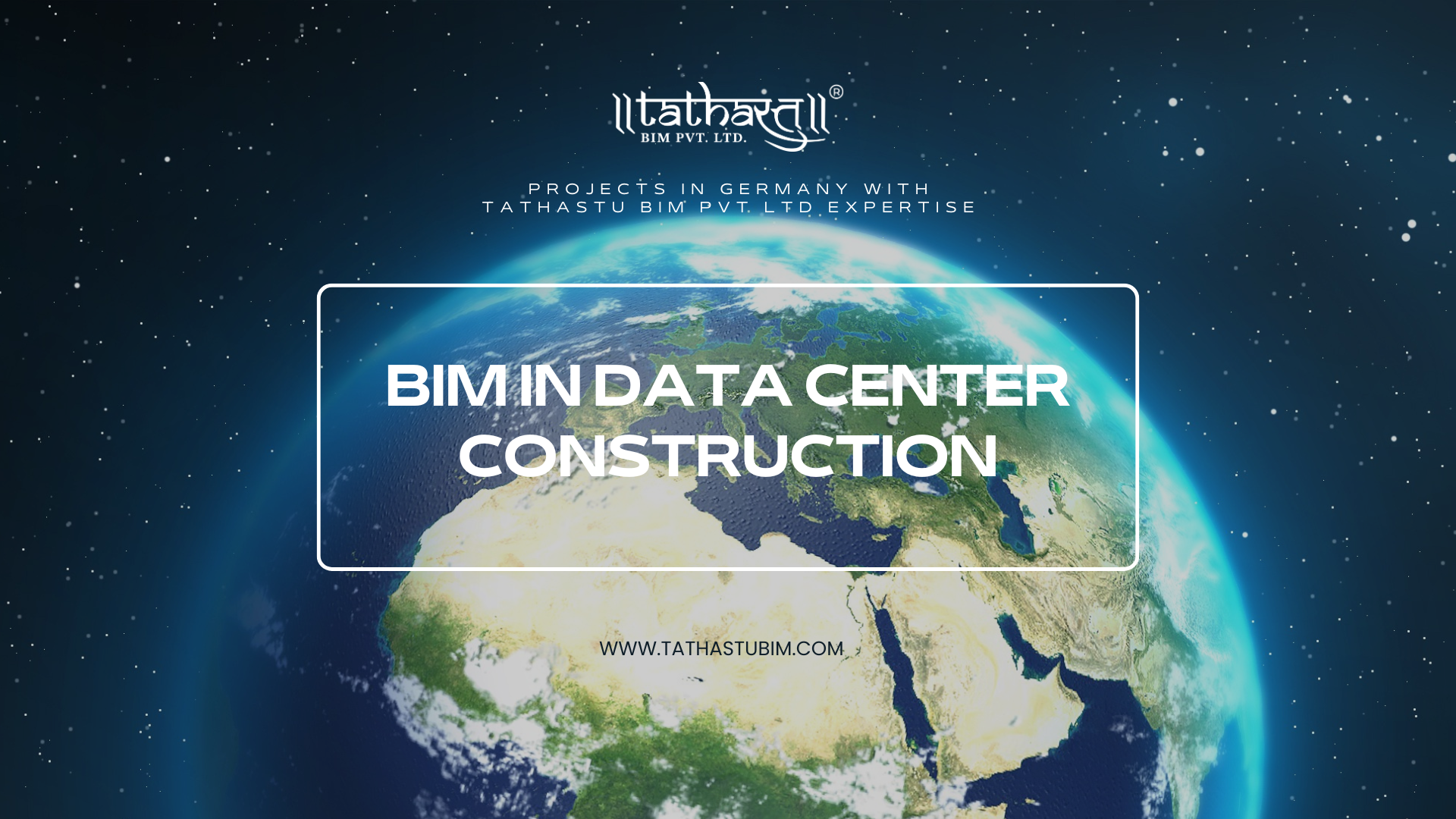


Maximizing Returns: The Economic Advantages of Scan to BIM in AEC
Introduction
In
this section, we will delve into the fundamental aspects of Scan to BIM
technology, its relevance in the AEC industry, and present a compelling thesis
highlighting the economic benefits of Scan to BIM.
Brief Overview of Scan to BIM Technology
Scan
to BIM technology involves the process of capturing accurate 3D data of an
existing structure or site through laser scanning or photogrammetry and then
converting this data into a Building Information Model (BIM). This process
enables the creation of a digital representation of the physical and functional
characteristics of a building or infrastructure.
Importance of Economic Considerations in the AEC Industry
The
AEC industry operates in a dynamic economic landscape where efficiency,
cost-effectiveness, and timely project delivery are paramount. Economic
considerations heavily influence decision-making processes, making the
integration of cost-saving technologies like Scan to BIM crucial for
sustainable growth and success.
Thesis Statement
The
economic benefits of Scan to BIM are substantial, encompassing cost reduction
in project planning and design, time-saving benefits during construction,
improved accuracy, enhanced collaboration, and significant ROI for AEC
stakeholders.
Understanding Scan to BIM
This
section aims to provide a comprehensive understanding of the Scan to BIM
process, the essential technologies involved, and real-world applications to
illustrate its impact on the AEC industry.
Explanation of Scan to BIM Process
Scan
to BIM begins with the collection of precise as-built data using laser
scanning, drones, or photogrammetry, followed by the conversion of this data
into a detailed 3D model using BIM software. This process enables stakeholders
to visualize, analyze, and simulate various project components with
unparalleled accuracy.
Key Technologies and Tools Involved
Laser
scanning equipment, point cloud processing software, BIM authoring tools, and
collaborative platforms constitute the core technologies used in Scan to BIM.
These tools facilitate the seamless transition from raw scan data to an
intelligent BIM model.
Real-World Applications and Use Cases
From
historic preservation and building renovations to infrastructure development
and facility management, Scan to BIM has revolutionized the way AEC projects
are executed. Case studies and examples will highlight the diverse applications
of Scan to BIM across different project types and scales.
Economic Impact of Scan to BIM
This
section will explore the multifaceted economic impact of Scan to BIM, including
its role in cost reduction, time efficiency, accuracy improvement, and
collaboration enhancement within the AEC industry.
Cost Reduction in Project Planning and Design
By
providing an accurate representation of existing conditions, Scan to BIM
minimizes the need for extensive site visits and manual measurements, leading
to substantial cost savings in the initial stages of project planning and
design.
Time-Saving Benefits during Construction and Renovation
The
precise information derived from Scan to BIM expedites the construction phase
by enabling clash detection, precise material takeoffs, and accurate
construction sequencing. This results in reduced construction timelines and
associated costs.
Improving Accuracy and Reducing Rework Costs
The
enhanced accuracy of Scan to BIM models minimizes errors and discrepancies,
thereby mitigating the need for costly rework during construction, ultimately
leading to significant cost savings.
Enhancing Collaboration and Reducing Communication-Related Expenses
Scan
to BIM fosters enhanced collaboration among project stakeholders by providing a
centralized platform for data sharing, coordination, and decision-making. This
collaborative approach reduces communication-related expenses and streamlines
project workflows.
Case Studies and Success Stories
This
section will showcase real-world examples of successful Scan to BIM
implementations, presenting quantifiable results in terms of cost savings, time
efficiency, and overall project success, supplemented by testimonials from
industry professionals and experts.
Highlighting Successful Implementation of Scan to BIM in Real Projects
Case
studies from diverse AEC projects, such as complex building renovations,
infrastructure upgrades, and urban development initiatives, will illustrate the
tangible benefits derived from Scan to BIM adoption.
Quantifiable Results and Testimonials
Quantitative
data reflecting cost savings, time efficiency, and project success metrics will
be presented, accompanied by industry expert testimonials that underline the
transformative impact of Scan to BIM on project outcomes and overall economic
viability.
ROI Analysis
This
section will delve into a comprehensive analysis of the return on investment
(ROI) for Scan to BIM adoption, comparing traditional methods with Scan to BIM
in terms of long-term cost benefits and addressing initial investment concerns
and long-term gains.
Calculating the Return on Investment for Scan to BIM Adoption
A
detailed breakdown of the initial investment required for Scan to BIM
implementation, including hardware, software, and training costs, will be
juxtaposed with the long-term financial gains and overall ROI.
Comparing Traditional Methods with Scan to BIM
A
comparative analysis will demonstrate the substantial cost benefits and
long-term value of Scan to BIM when contrasted with conventional surveying,
design, and construction methodologies.
Addressing Initial Investment Concerns and Long-Term Gains
Strategies
for managing initial investment concerns and leveraging long-term gains through
the sustained use of Scan to BIM technology will be discussed, emphasizing the
economic prudence of embracing this transformative approach.
Market Trends and Industry Adoption
This
section will provide insights into current market trends related to Scan to BIM
adoption in the AEC industry, backed by industry reports, statistics showcasing
the economic advantages, and the potential future growth and impact on the AEC
sector.
Current Market Trends Related to Scan to BIM Adoption
An
analysis of prevailing market trends, including the increasing adoption of Scan
to BIM by AEC firms, the emergence of innovative technologies, and evolving
client demands, will be presented to underscore the growing significance of
Scan to BIM in the industry.
Industry Reports and Statistics Showcasing Economic Advantages
Citing
relevant industry reports, market studies, and statistical data, this section
will provide a comprehensive overview of the economic advantages and measurable
benefits associated with Scan to BIM adoption across different segments of the
AEC industry.
Potential Future Growth and Impact on the AEC Sector
Insights
into the anticipated growth trajectory of Scan to BIM, its potential impact on
project delivery, and its role in shaping the future of the AEC sector will be
discussed, offering a forward-looking perspective on the technology's economic
implications.
Challenges and Considerations
This
section will address potential challenges and limitations of Scan to BIM,
strategies for overcoming adoption barriers, and ensuring economic benefits
while managing implementation complexities.
Addressing Potential Challenges and Limitations of Scan to BIM
Identifying
and addressing common challenges, such as data compatibility issues,
integration complexities, and skill gaps, will provide a balanced view of the
practical considerations associated with Scan to BIM adoption.
Strategies for Overcoming Adoption Barriers
Effective
strategies for overcoming adoption barriers, including targeted training
programs, collaborative partnerships, and phased implementation approaches,
will be explored to facilitate a smoother transition to Scan to BIM.
Ensuring Economic Benefits While Managing Implementation Complexities
Recommendations
for maximizing economic benefits while managing the intricacies of Scan to BIM
implementation, such as aligning project workflows, optimizing resource
allocation, and addressing interoperability challenges, will be discussed in
detail.
Best Practices and Recommendations
This
section will offer practical guidelines for maximizing economic advantages
through Scan to BIM, integrating Scan to BIM into project management processes,
and promoting training and skill development for AEC professionals.
Guidelines for Maximizing Economic Advantages through Scan to BIM
Best
practices for leveraging Scan to BIM to achieve maximum economic benefits,
including optimizing data capture processes, refining modeling techniques, and
utilizing advanced analysis tools, will be outlined to empower AEC
stakeholders.
Integrating Scan to BIM into Project Management Processes
Insights
into integrating Scan to BIM into project management workflows, fostering a
culture of collaboration, and aligning business processes to capitalize on the
economic advantages of Scan to BIM will be presented for practical
implementation.
Training and Skill Development for AEC Professionals
Recognizing
the pivotal role of skilled professionals, recommendations for training and
skill development initiatives tailored to the specific requirements of Scan to
BIM adoption will be provided to ensure the sustainable realization of economic
benefits.
Conclusion
In
this final section, we will summarize the economic benefits discussed,
reinforce the importance of Scan to BIM in the AEC industry, and advocate for
industry-wide adoption and investment in this transformative technology.
Summary of Economic Benefits Discussed
A
comprehensive recapitulation of the economic benefits elucidated throughout the
blog, emphasizing the multifaceted advantages of Scan to BIM in driving cost
savings, time efficiency, accuracy improvement, and collaborative excellence
within the AEC industry.
Reinforcement of the Importance of Scan to BIM in AEC
A
compelling argument underscoring the indispensable role of Scan to BIM in
enhancing economic viability, fostering innovation, and fortifying the
competitive edge of AEC firms, positioning it as a strategic imperative for
sustainable growth and success.
Encouragement for Industry-Wide
Adoption and Investment
A
call to action advocating for widespread industry adoption and investment in
Scan to BIM, highlighting the transformative potential of this technology to
drive economic prosperity, operational excellence, and client satisfaction
across the AEC sector.
Popular Posts





